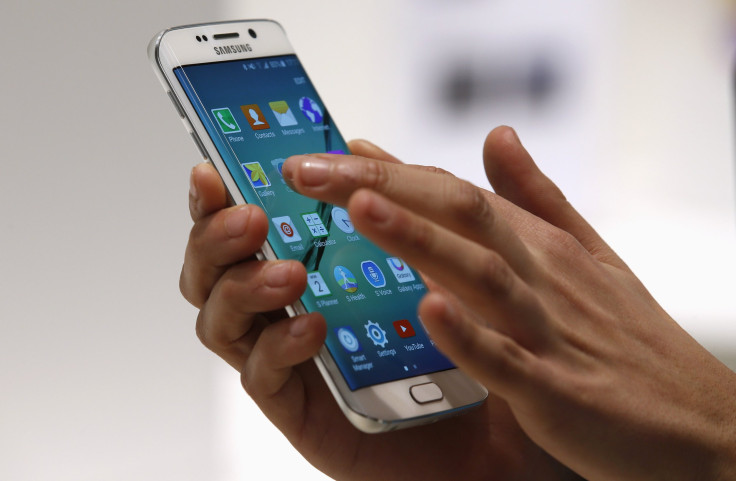Has Samsung Given Us A Taste Of Tizen On The Galaxy S6?

Users can expect a less cluttered TouchWiz interface on the Samsung Galax S6 when it launches April 10, but the bloatware cleanup may not be akin to stock Android, as many have expected. The look and feel of the Galaxy S6 may be more like Samsung’s own Tizen operating system.
The publication Tizen Indonesia learned from a source briefed on Samsung’s plans that while the Galaxy S6 and its curved display variant, the Galaxy S6 Edge, run Google’s Android 5.0 Lollipop operating system, Samsung has shaped the OS to look more like Tizen than like the Material Design interface on Android 5.0.
Samsung has failed to truly get its Tizen operating system off the ground, mostly relegating the software to connected devices such as smartwatches and cameras as opposed to smartphones. But using what it has learned from Tizen could benefit the Galaxy S6 and Galaxy S6 Edge by give consumers a chance to test out Samsung’s software, which they would likely be reluctant to try on their own.
Samsung’s new TouchWiz UI for Galaxy S6 may have a touch of Tizen present http://t.co/rv5jz3MOnb pic.twitter.com/iv0r0lgApp
- Ricardo Wagner © (@ricardowec) March 24, 2015
Samsung has said that the new TouchWiz UI on the Galaxy S6 smartphones has 40 percent fewer features and steps need to use a Galaxy S device. Additionally, the devices will ship with significantly less Samsung bloatware than previous Galaxy models. Say goodbye to all of the special smart features that many buyers never actually used, as the primary Samsung features will be the S-Health and S-Voice applications. Others will include Google’s suite of essential stock Android apps (many old Galaxy versions featured these apps as well as Samsung’s versions of the same apps), and Microsoft applications including the One Drive storage app and the One Note word processor.
With Android and Apple’s iOS software at the forefront, respectively making up 77 percent and 20 percent of the market in 2014, according to the IDC, there has been little room for other systems to gain traction. BlackBerry has struggled to regain its once robust fan base, and Tizen could see the same fate if Samsung attempted a mass adoption.
This Tizen OS powered device from Samsung sells for just $100 in India. pic.twitter.com/9PxBBekSjs
- Jeffrey Peel (@JeffreyPeel) March 2, 2015
The first Tizen smartphone, the Samsung Z1, was delayed twice before it launched in India in January. Though Samsung marketed it to emerging markets with consumers that may not be as loyal to a specific software as major markets such as the U.S., the device has sold about 120,000 units as of mid-February, according to Business Korea. The smartphone is priced at 5,700 rupees ($92) and is described as having a “smooth, intuitive and clutter-free user interface.”
© Copyright IBTimes 2024. All rights reserved.






















